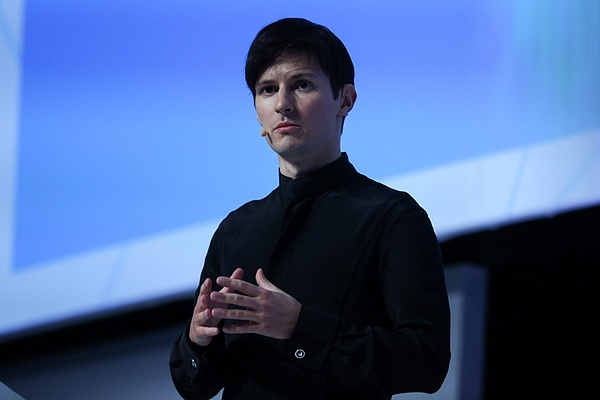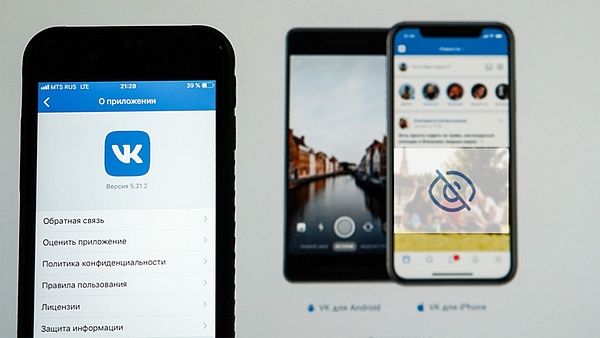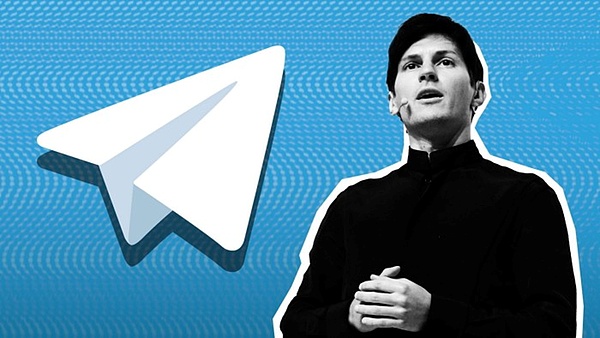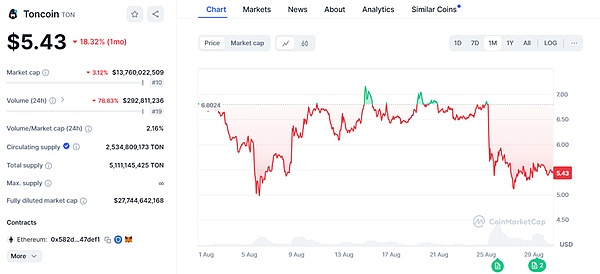Author: Shilian Finance
1. Pavel Durov's Tech Empire
The Rise of VKontakte: Russia's Facebook
VKontakte, the Russian version of Facebook, is a social networking platform founded by Pavel Durov in 2006. With almost no Internet regulation, VK grew rapidly in Russia and other former Soviet countries, and soon had more than 100 million users. Pavel Durov is a mysterious and controversial figure whose management style and public behavior often attract attention, such as the incident of throwing cash from the VK office window in May 2012.
When large-scale anti-Putin protests broke out in Russia in early 2012, Pavel Durov refused to close the VK group used to organize the protests, a decision that made him a hero in the eyes of the liberal opposition. However, as VK's influence grew, the Kremlin began to tighten its control over the internet. In 2013, Pavel Durov was wanted by police for a traffic accident, and although the charges were later downgraded, it was widely seen as a political attack.

In the same year, pro-Kremlin oligarch Alisher Usmanov began to acquire shares in VK. Despite Pavel Durov's initial strong opposition, by January 2014 he had sold his shares. In April 2014, Pavel Durov finally announced his departure from VK, publishing a statement on his personal VK page, saying that since the change in the ownership structure, his freedom to manage the company has been greatly reduced, and it has become increasingly difficult to adhere to the principles of the social network.

Despite the loss of its founder, VK has maintained its dominance in the Russian social media market. However, over time, some Russian urban elites began to switch from VK to Facebook, although VK still has a larger market share.
The Birth of Telegram: A Global Encrypted Messaging App
Telegram was founded in 2013 by brothers Pavel and Nikolai Durov, founders of VKontakte. Their goal was to create a messaging app that focused on speed, security, and privacy. The core idea of Telegram stems from the political pressure and government surveillance that the Durov brothers encountered while running VK, which prompted them to create a platform free from government interference.
Telegram features end-to-end encryption and decentralized infrastructure to ensure the security of user data. The app debuted on iOS in August 2013, followed by an Android version. Telegram quickly gained popularity, attracting a large number of users with its open source nature and unique features such as self-destructing messages, large file transfers, and a robot platform.

As Facebook's acquisition of WhatsApp sparked privacy concerns, Telegram's user base surged. By February 2014, it had 100 million monthly active users. The app continued to innovate, launching features such as super groups, channels, and voice calls to further expand its influence.
However, Telegram's privacy policy has also sparked controversy. In 2018, the Russian government attempted to ban Telegram but failed to completely prevent its use. The platform has also been criticized for being exploited by some criminal organizations, despite the company's stance on user privacy.
Despite the challenges, Telegram continues to grow rapidly. In January 2021, after WhatsApp revised its privacy policy, Telegram added 25 million new users in a short period of time, bringing the total number of users to over 500 million. As of 2023, it has more than 700 million monthly active users, making it one of the most popular apps in the world, especially in privacy-conscious and censorship-facing regions.
Telegram's success is largely due to the vision of Pavel Durov and the technical expertise of Nikolai Durov. Pavel is known for his strong defense of user privacy, while Nikolai developed the MTProto protocol that underpins Telegram's secure messaging.
Second, the fate of the TON project
The founder was arrested and Durov fought back
Durov's arrest (August 25, 2023)
Pavel Durov was arrested by French police at Le Bourget Airport in northern Paris. He was accused of failing to effectively control the Telegram platform, which led to the spread of illegal activities such as terrorism, money laundering and drug trafficking. As a Russian-born French citizen, Durov was released on bail but was required to stay in France and report to the police regularly.
The response of the Russian government (August 25-29)
The Russian government expressed concern about the matter. Kremlin spokesman Dmitry Peskov emphasized that Durov has Russian citizenship and expressed his willingness to provide necessary assistance. Russia also warned France not to politicize the case, otherwise it could be seen as "political persecution."

Initial reaction of the cryptocurrency community (from August 29)
TON Society launched a petition calling on French authorities to release Durov, which quickly received more than 2 million signatures. This shows the widespread support for Durov in the crypto community.
VC support: industry confidence in TON
investors’ positive response
Subsequently, some well-known investors began to publicly support the TON project:
l PG co-founder Shan purchased 38,282 TONs at an average price of $5.22, with a total value of approximately $200,000.
Famous investor Zhu Su announced the purchase of TON at $5.8 and expressed his optimism about related projects.
l DWF Labs partner Andrei Grachev purchased approximately $500,000 worth of TON tokens and promised not to sell them before Durov was released.
Support from industry leaders
l Yat Siu, co-founder of Animoca Brands, publicly expressed support for the TON community, emphasizing the importance of decentralized technology in resisting censorship and maintaining freedom.
Symbolic actions of the TON project
l The TON project changed its logo on CoinGecko and social media to "Resistance Dog", symbolically expressing its support for Durov.
This series of events reflects the cryptocurrency community's high attention and strong reaction to the Durov case. From diplomatic warnings at the government level, to petitions at the grassroots level, to the actual actions of investors, the strength of support has gradually increased. This not only reflects support for Durov personally, but also reflects the crypto community's adherence to the concept of decentralization and freedom of speech. The TON project gained unexpected exposure and support in the process, and its token price also rose slightly, showing the market's positive reaction to the event.
TONEcosystem Future Development Inference Test
On the day when Telegram founder Pavel Durov was arrested, the market value of the TON project did experience a drop of about 20%, reflecting the market's initial panic reaction to this sudden incident. However, as the situation develops and the cryptocurrency community responds positively, the TON project is likely to experience a wave of rebound.

In the short term, we may see the following:
1) Sympathetic purchases: Due to the community's support for Durov, there may be a wave of "sympathetic" purchases, driving the price of TON tokens to rise rapidly in the short term.
2) Increased exposure: This event has brought a lot of attention to the TON project, which may attract more investors and developers to join the ecosystem.
3) Enhanced community cohesion: In the face of external pressure, the TON community may be more united, which is conducive to the long-term development of the project.
However, in the long run, the development of the TON project will mainly depend on the following factors:
1) Legal risk management: The project party needs to effectively respond to possible legal challenges and ensure the compliance of the project.
2) Ecosystem expansion: Attract more developers and applications to enter the TON ecosystem and improve the practicality and value of the network.
3) Risk diversification: Do not rely too much on the Telegram platform and develop independent application scenarios and use cases.
In general, although TON may benefit from this incident in the short term and experience a wave of growth, its long-term development will still depend on the project's risk resistance, technological innovation, and ecosystem construction. If TON can effectively manage the current crisis and transform it into a driving force for project development, then this incident may become a turning point for TON to move towards wider adoption. However, if the project fails to properly handle potential legal and regulatory challenges, or fails to maintain the pace of technological innovation, then the current positive effects may gradually fade and the project will face greater uncertainty.
 JinseFinance
JinseFinance
 JinseFinance
JinseFinance JinseFinance
JinseFinance Huang Bo
Huang Bo JinseFinance
JinseFinance JinseFinance
JinseFinance JinseFinance
JinseFinance JinseFinance
JinseFinance JinseFinance
JinseFinance M6 Labs
M6 Labs Cointelegraph
Cointelegraph